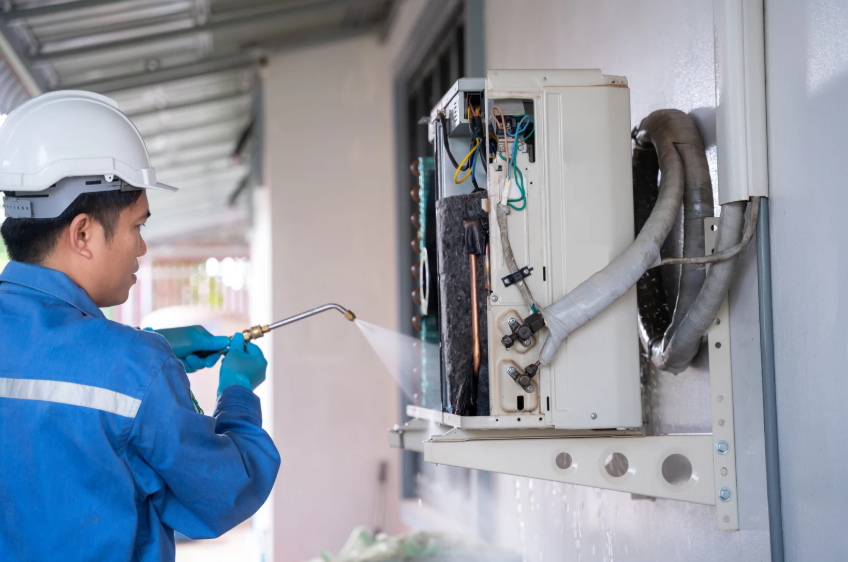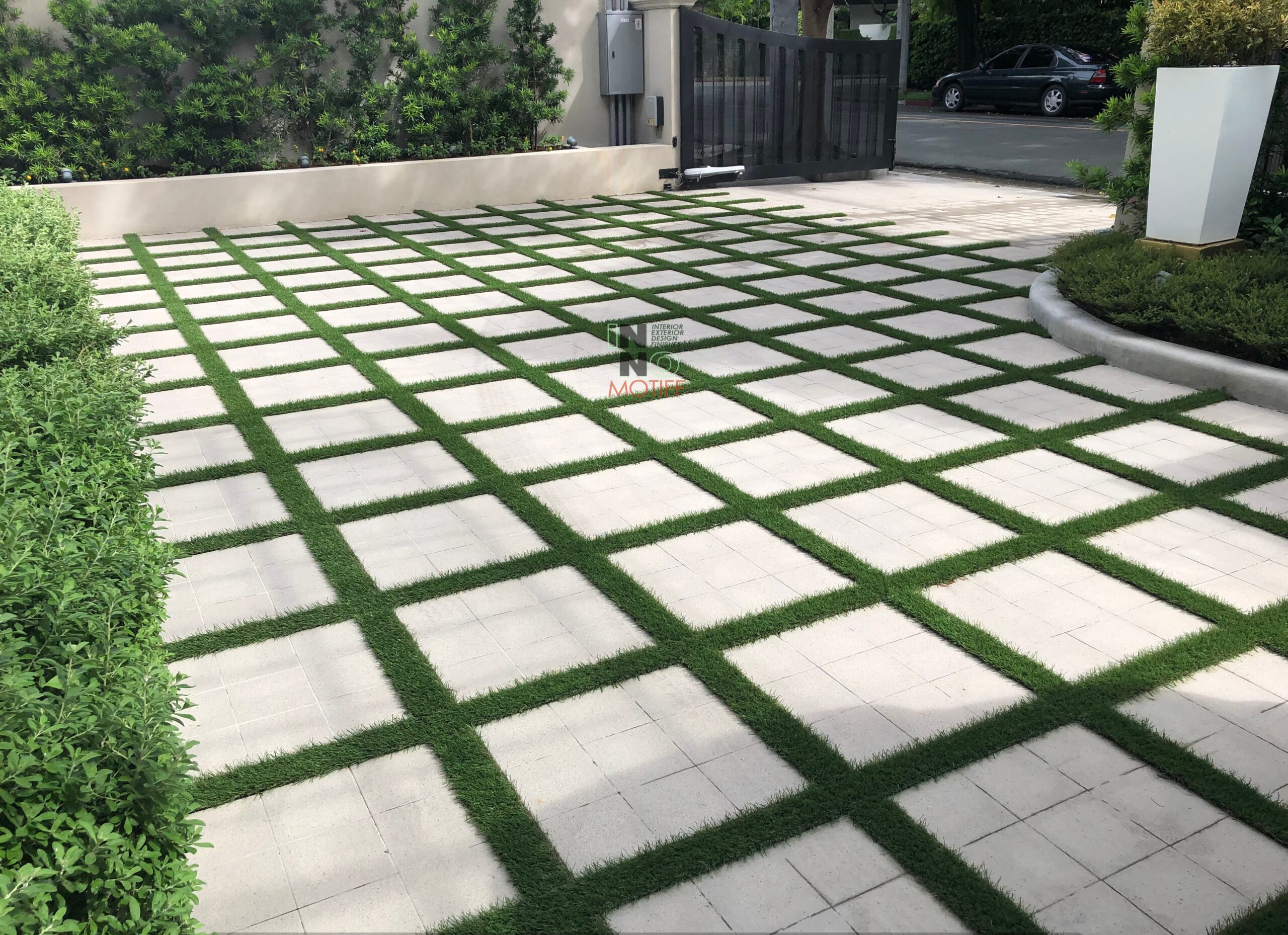
Chiller Rentals for Commercial Buildings: A Cost-Effective Cooling Solution
Efficient cooling is critical for commercial buildings, especially during peak

Understanding Interior Design for Commercial Spaces
Interior design for commercial spaces goes beyond aesthetics, combining functionality, branding, and customer experience into one cohesive environment. Unlike residential design, commercial interior design focuses heavily on efficiency, accessibility, and long-term usability. Every element, from the layout to the choice of furniture, plays a role in supporting business goals. A well-designed commercial space can influence customer perception, increase employee productivity, and create a strong brand identity. This type of design also requires an understanding of traffic flow, safety regulations, and ergonomic standards to ensure both comfort and functionality. Business owners and property managers need to consider how their space will be used daily and how it reflects their company’s values. Effective commercial design creates an environment that is both visually appealing and strategically practical.
Key Elements of Commercial Interior Design
Designing a commercial space requires attention to multiple factors that contribute to its functionality and aesthetics. Space planning is crucial, ensuring that layouts accommodate movement, productivity, and safety. Color schemes are more than decorative choices; they can influence emotions, moods, and behavior in clients and employees. Selecting the right furniture balances comfort, style, and durability, especially in areas with high foot traffic. Proper lighting enhances visual appeal and supports tasks such as reading, working, and interacting with clients. Modern infrastructure, including integrated technology and smart devices, is another essential element. Material selection must be durable and easy to maintain while aligning with the brand’s image. Every decision in commercial interior design should create harmony between usability and visual appeal.
Design Styles and Trends for Commercial Spaces
Commercial interiors are constantly evolving, with trends that combine aesthetics, functionality, and sustainability. Contemporary and minimalist designs emphasize clean lines, open spaces, and uncluttered layouts that convey professionalism. Biophilic design, incorporating natural elements like plants, natural light, and wood finishes, can enhance well-being and reduce stress. Sustainable materials, such as recycled or low-VOC products, are increasingly popular in environmentally conscious commercial spaces. Flexible design solutions allow businesses to adapt their interiors as needs change, such as adding collaborative zones or converting areas for multiple functions. Color palettes and textures should reflect the brand’s personality while creating an inviting atmosphere. Staying updated on emerging trends ensures that commercial spaces remain modern, appealing, and functional for both employees and customers.
Creating a Brand Identity Through Interior Design
Interior design serves as a powerful tool to communicate a company’s brand identity. Colors, textures, and furniture choices can reinforce brand values, making clients and employees feel connected to the business. Strategically placing logos, graphics, or thematic artwork throughout the space enhances brand recognition and creates a cohesive visual narrative. Customer experience is heavily influenced by design elements, from entryways to meeting rooms, shaping first impressions. Functional zones such as reception areas, lounges, and workstations should align with the brand’s image while supporting everyday operations. Commercial spaces designed with branding in mind can differentiate a business from competitors. Incorporating unique features, such as statement lighting or custom furnishings, can further strengthen brand identity.
Common Challenges in Commercial Interior Design
Commercial interior design comes with several challenges that require careful planning and problem-solving. Balancing aesthetics with functionality can be difficult, as beautiful designs may not always meet operational needs. Budget constraints often limit material and design choices, requiring innovative solutions to achieve desired results. Compliance with safety codes, accessibility standards, and building regulations is mandatory and can influence design decisions. Coordinating large-scale projects with multiple stakeholders, including contractors, architects, and management teams, adds another layer of complexity. Achieving a harmonious design while addressing acoustics, lighting, and ergonomic concerns can be tricky. Time management is critical to avoid delays in project completion. Effective planning, research, and collaboration are key to overcoming these challenges successfully.
Enhancing Employee Productivity Through Design
A well-designed commercial space directly impacts employee productivity, engagement, and overall well-being. Ergonomic furniture reduces strain and promotes comfort during long working hours. Layouts that balance collaborative zones and private spaces allow employees to work efficiently according to task requirements. Proper lighting, including natural light and adjustable fixtures, reduces eye strain and improves focus. Acoustic management, such as soundproofing or designated quiet areas, minimizes distractions in busy environments. Air quality and ventilation also play a significant role in creating a healthy workplace. Thoughtfully designed break areas and lounge spaces encourage relaxation and mental rejuvenation. When employees feel comfortable and supported by their environment, productivity and satisfaction naturally increase.
Designing for Different Types of Commercial Spaces
Commercial interior design varies significantly depending on the type of business or facility. Office interiors focus on workflow efficiency, team collaboration, and professional aesthetics. Retail stores require layouts that attract customers, encourage browsing, and highlight products effectively. Hospitality spaces such as restaurants, hotels, and cafes emphasize ambiance, comfort, and memorable experiences for guests. Healthcare facilities demand hygienic, functional, and calming designs for patients and staff. Each space type has unique considerations, such as furniture durability in high-traffic areas or specialized lighting for medical tasks. Designers must adapt their approach to suit the business type while maintaining consistency with brand identity. Properly tailored designs enhance functionality and leave a lasting impression on clients and visitors.
Hiring the Right Interior Design Professionals
Selecting the right interior design team is critical to the success of any commercial project. Experienced designers understand spatial planning, material selection, and compliance with building codes. They can translate a brand’s vision into a practical and visually appealing environment. Collaborating with architects, contractors, and project managers ensures cohesive execution from concept to completion. Businesses should seek designers with a portfolio that demonstrates expertise in similar commercial projects. Clear communication, flexibility, and problem-solving skills are essential traits to look for. A professional team can provide guidance on cost-effective solutions without sacrificing quality or aesthetics. Choosing the right experts simplifies the design process and maximizes project results.
Budgeting and Planning for Commercial Interior Projects
Proper budgeting and planning ensure that commercial interior projects are executed efficiently and within financial limits. Setting realistic budgets for design, materials, and labor prevents overspending and unexpected delays. Cost-saving strategies, such as selecting durable materials and repurposing existing furniture, can reduce expenses without compromising quality. Timeline planning is essential, with clear milestones for design approval, procurement, and construction. Regular progress tracking helps address issues promptly and keeps the project on schedule. Contingency plans for unexpected challenges minimize disruptions and maintain smooth workflow. A detailed plan aligns expectations between business owners, designers, and contractors, ensuring a successful and timely project.
Frequently Asked Questions
Takeaway
Investing in interior design for commercial spaces is more than creating a visually appealing environment. It impacts brand identity, customer perception, employee productivity, and operational efficiency. By carefully planning layouts, selecting appropriate furniture and lighting, and incorporating modern trends, businesses can create spaces that are functional, attractive, and aligned with their vision. Partnering with experienced professionals ensures a well-executed project that meets both aesthetic and practical goals. Thoughtful commercial interior design is an investment in the business’s long-term success and a key factor in creating memorable, high-performing spaces.

Efficient cooling is critical for commercial buildings, especially during peak

A fresh coat of paint does more than improve the

Maintaining a clean and organized office is essential for employee

Colors play a significant role in shaping the mood, productivity,

Busy work schedules and modern lifestyles often leave homeowners with

Understanding Green Roof Systems A green roof system is an

Understanding Water Leakage Water leakage is a common but often

The Impact of Color and Finish in Commercial Spaces Color

Maintaining a landed property involves more than just upkeep; it

Urban living in Caloocan often comes with limited space for